Think of the numerous touchpoints where citizens interface with a government official or an institution. A citizen can physically visit a hospital or a police station, post comments on a social channel, or even communicate with an AI chatbot. Offline or online, there is so much to be unlocked from the citizens' feedback. What makes citizen feedback so crucial to governance? The benefits are bipartite. Looping in citizen feedback makes them feel empowered and elevates the citizen experience. For governments, it bolsters participative democracy and helps in crafting more people-centric policies. And in a post-pandemic world, governments are rebooting governance structures to offer seamless and frictionless services to citizens.
.jpg)
Why do Governments need a seamless feedback solution?
The United Nations Sustainable Development Goal (SDG) 16.6 mandates governments to develop effective, accountable and transparent institutions at all levels. Subgoal 16.6.2 expands its ambit by pinpointing the proportion of the population satisfied with their last experience of public services. The proliferation of digital technologies, including mobile connectivity and the internet, offers new opportunities for governments to put in place a scalable feedback system. There are examples galore where governments are running feedback systems with success.
Ireland's Your Dublin, Your Voice is an example. Dublin City Council surveys more than 3,500 locals up to four times a year about local arts, entertainment, retail, civic engagement, community, and public services. The feedback and suggestions provided by panel participants are used to guide city officials and councillors in making decisions that will impact citizens. Online panels are also used by the City of Provo, Utah. This has opened the city's feedback channels to a broader range of residents and citizens.
Findings validate the citizen feedback success story
According to a 2019 McKinsey report, government organizations that focus on improving the citizen experience will have better results across a range of priorities. By improving the citizen journey, government organizations can boost customer trust, make better decisions, and conduct damage control efficiently to ensure citizen happiness while maintaining government organizations' security and stability. The best way to improve the citizen journey is to implement a powerful citizen feedback system.
Unhappy citizens are twice as likely to express their discontent on public platforms. An automated citizen feedback system can help reduce such instances. It notifies you if a citizen provides negative feedback, allowing you to follow up instantly and resolve any issues they may have encountered.
.jpg)
Omnichannel feedback platform: Mo Sarkar as the paradigm solution
An omnichannel citizen feedback system allows government organizations to collect citizen feedback from various channels to achieve their goals efficiently. The system incorporates mobile feedback, touchscreen feedback panels, kiosks and SMS feedback channels.
Mo Sarkar (or My Government) implemented by the Odisha government, is a one-of-a-kind initiative that uses a randomized feedback mechanism that connects citizens directly with their elected representatives and top-ranked government officials. The feedback collection platform is outbound (where citizens dial a toll-free number to ventilate grievances) and inbound (where ministers and officers make randomized calls to gauge citizen feedback on schemes and services offered at public institutions). This solution is designed to induce a sustained behavioural change among government officials.
Before commissioning the contact centre under 'Mo Sarkar', the Odisha state machinery faced challenges aplenty in eliciting feedback from the citizens. There was a lack of a centralized system to loop in feedback. Then, there were multiple sources of heterogeneous citizen data in unconnected silos. Mo Sarkar overcame the lacuna by tapping the 'Contact Centre as a Service' model to collect responses on call from citizens on their experience in dealing with officials in person and services availed in government institutions. The contact centre is a highly scalable system with enhanced technological support to register calls, enhance the caller's experience, automatic call distribution, and call recording and quality analysis.
USPs of the system
- Centralized feedback system that facilitates real-time interaction between citizens and government
- Single Point Contact Centre for connectivity
- Unified Database of citizens' details and their feedback
- Analysis of the feedback and insight into citizens' expectations expedites responding to queries and grievances.
- Resolution Mapping and Action taken in response to the feedback
- Effective monitoring mechanism for ensuring accountability of the officials and performances of the department, optimizing service delivery and business process efficiency
The success of schemes like Mo Sarkar clearly shows how the coupling of technology with a solid governance oversight can bring transformative outcomes in public service delivery.



















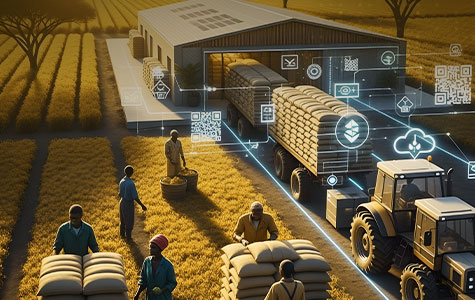




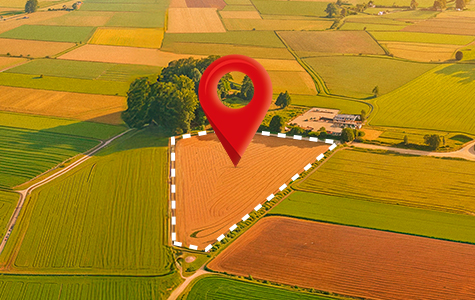



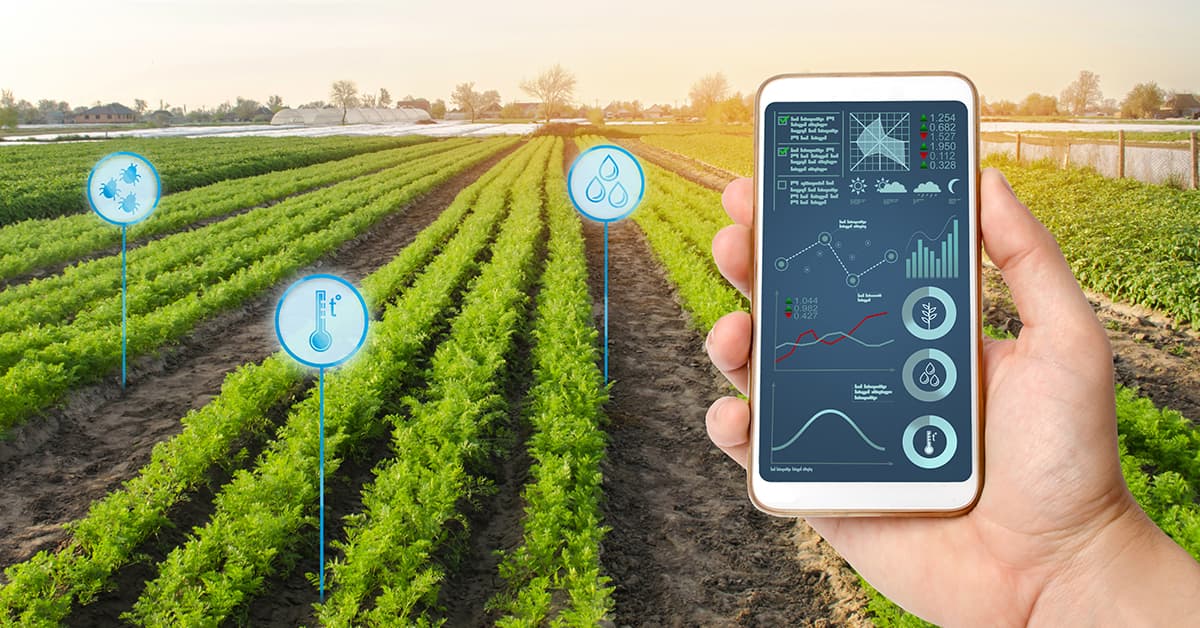











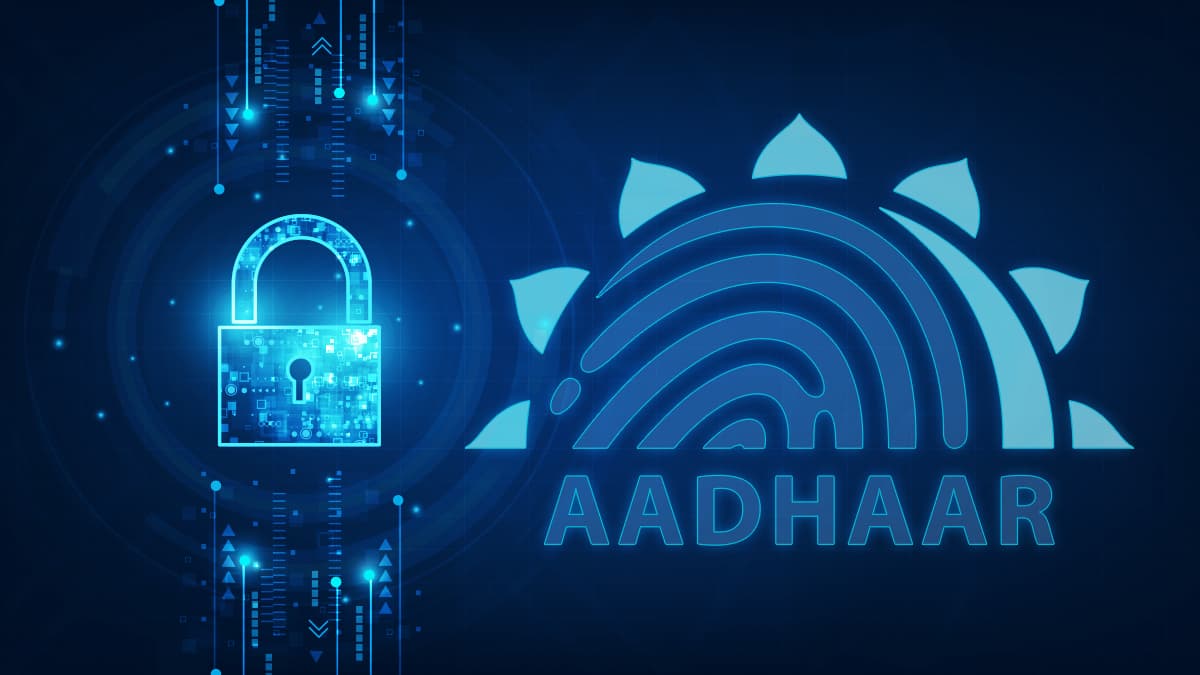
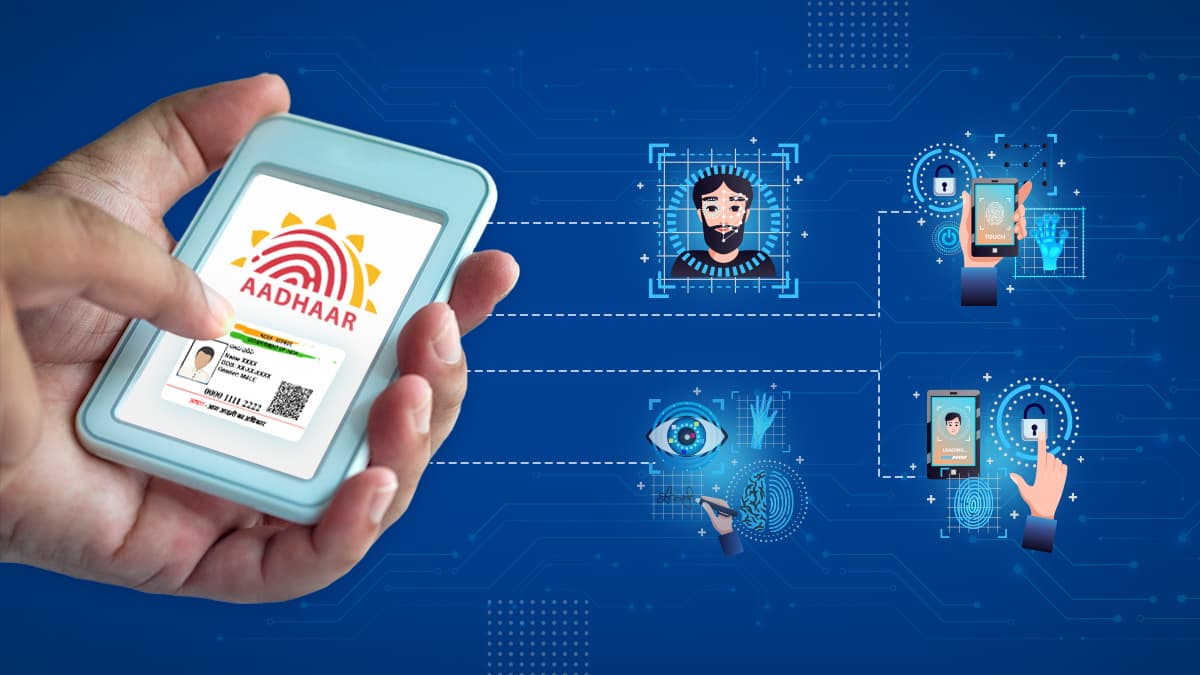
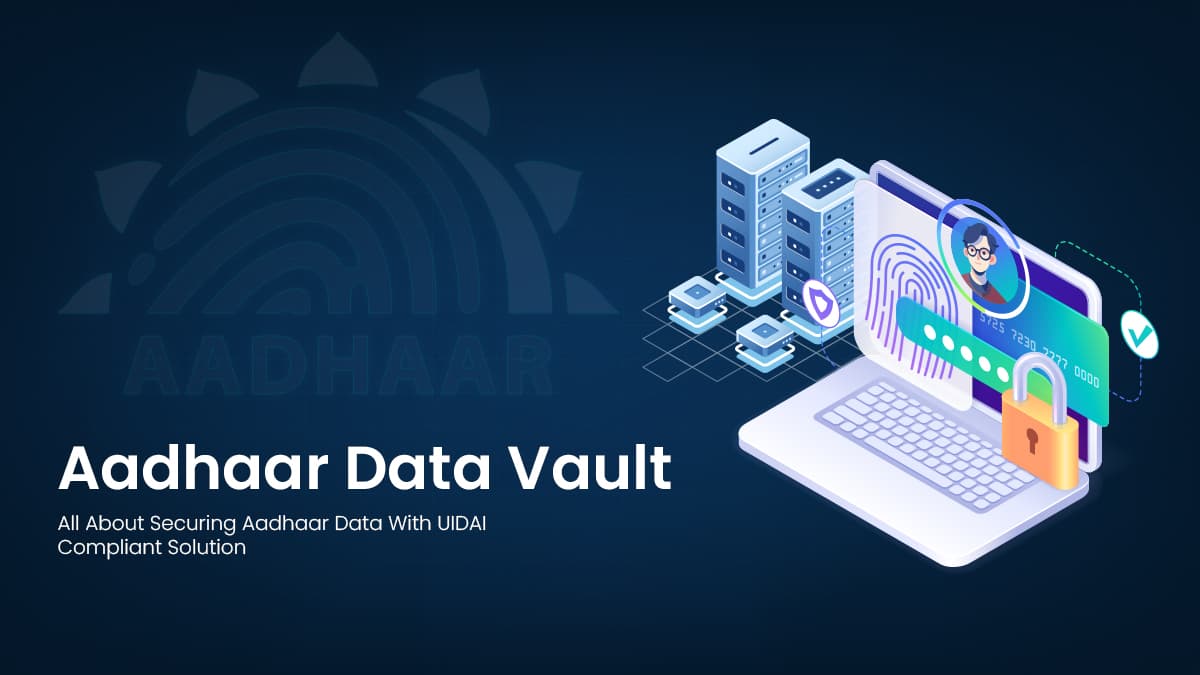

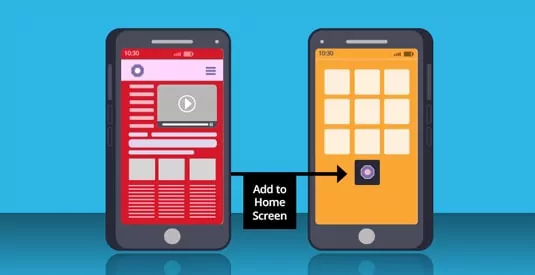

We will verify and publish your comment soon.